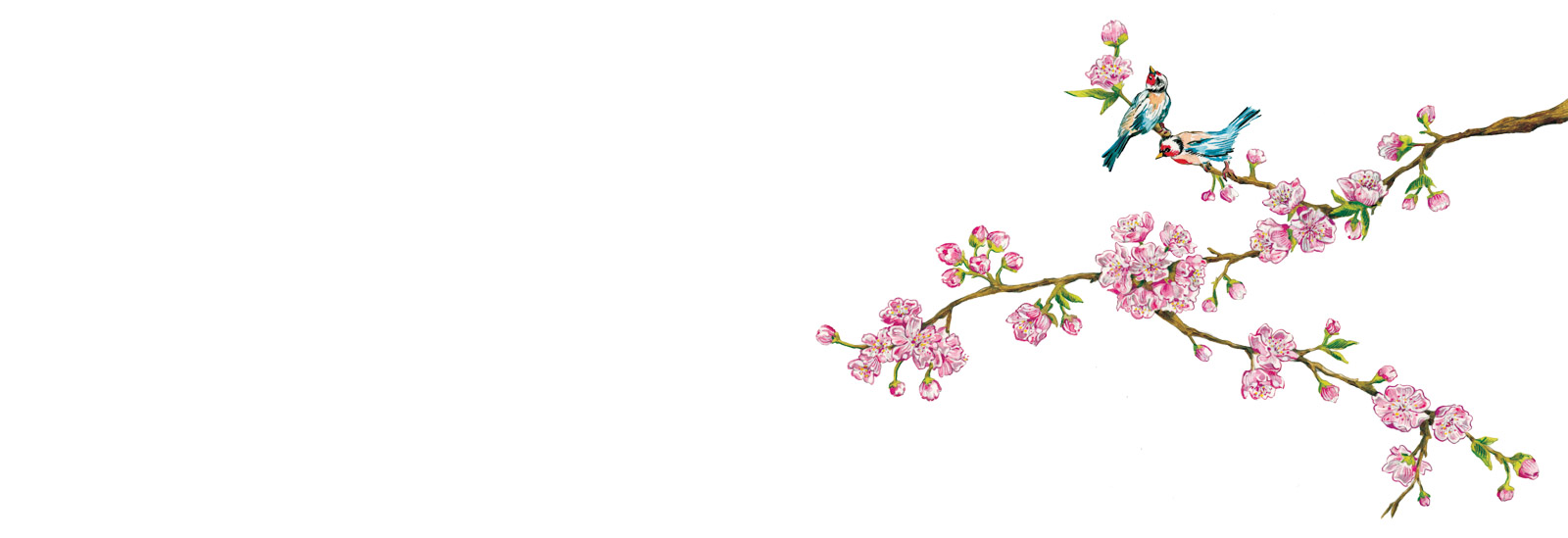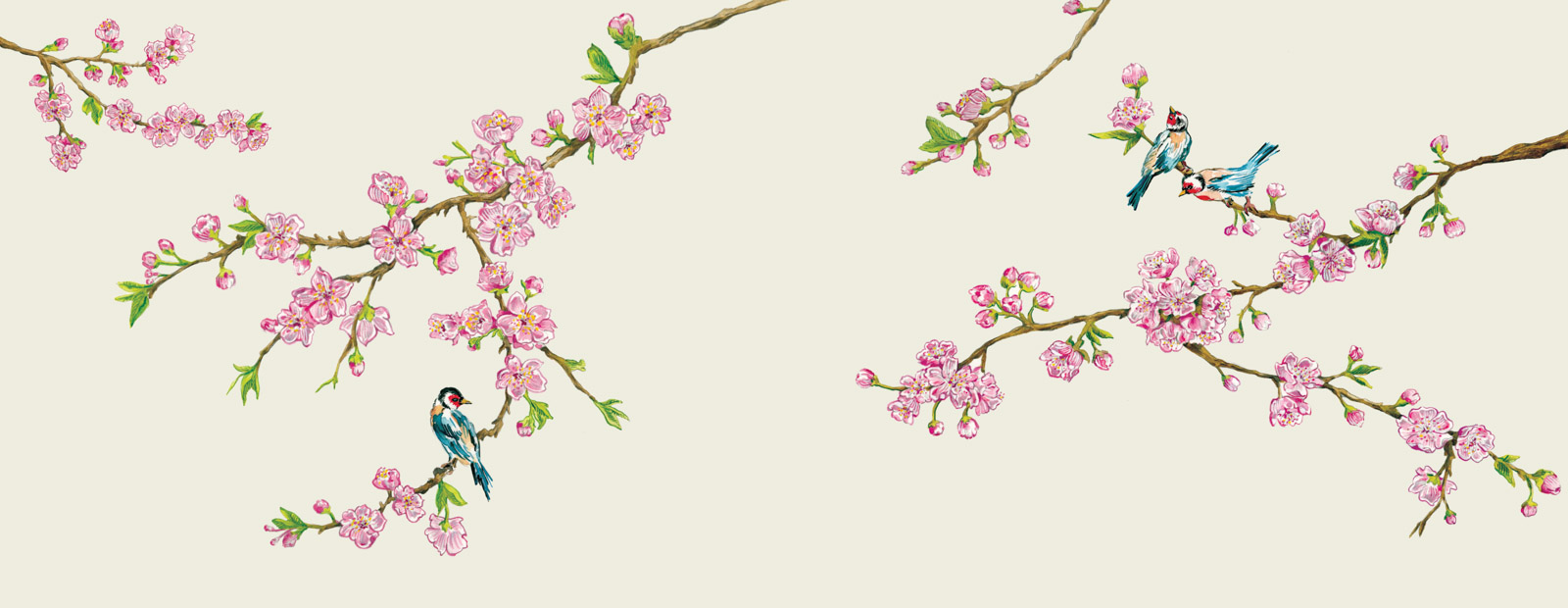On a sunny day in January, Nina Shoroplova and I stand two metres apart in face masks (hers emblazoned with the slogan “We ♥ the West End”), imagining pink blossoms on the ornamental cherry trees at the Japanese Canadian War Memorial in Stanley Park. Toward the water is Xwáýxway, the Squamish village site where traces of human activity date back 3,000 years, its inhabitants forced out around the time the park opened in 1888.
After a wet, miserable winter of pandemic-induced isolation, I also try to imagine the relief normally evoked by the city’s flowering cherries, which make up more than a 10th of Vancouver’s 146,902 boulevard trees. In a few months, the blossoms will herald springtime, signal better days, and remind us of the ineffable superiority of the Left Coast over the rest of snow-swept Canada. And then they will leave a few weeks later, long before we take them for granted.

“Some people engage with nature,” says Shoroplova, author of the recent Legacy of Trees: Purposeful Wandering in Vancouver’s Stanley Park. The West End resident was born in Wales and first visited the park in 1961. “Most people just want to be in it. They don’t actually see what’s around them.”
Maybe my blank expression inspires this observation as Shoroplova holds aloft one of her hiking poles toward the bare Shirotae cherries that line the path leading to the cenotaph. By the cenotaph is an Ojochin, its gnarled and bare low-lying branches outstretched like the arms of an arboreal zombie. In Shoroplova’s book, it’s described as “a rare tree that has lived long, growing from its roots (rather than being grafted).” Good thing I have a tape recorder and a copy of the book, or these details would sluice away from me, as all names of trees do.
The cherry trees, one of the city’s proudest attributes, are also linked to one of the country’s most shameful episodes, its treatment of Japanese Canadians. The trees that surround us were donated in the early 1930s by the mayors of Kobe and Yokohama to honour the First World War veterans remembered here. In 1935, Bunjiro and Kimi Uyeda, an immigrant couple, donated a thousand young cherry trees to Vancouver’s park board. Not long after, the internment of Japanese Canadians during the Second World War decimated Vancouver’s thriving community.

The legacy of that community is rightfully celebrated by the Vancouver Cherry Blossom Festival. Founded in 2005, the festival’s guided walks and Japanese-themed performances were curtailed or made virtual last year. But its long-running Haiku Invitational still crowned six winners (divvied up according to geography and age). The 2020 winner in the Vancouver category was written by Genevieve Wynand:
cherry blossoms fall—
the gentle quake
of baby kicks
The mother of two teenagers, Wynand says of the inspiration behind her poem, “the image that was coming to me, those early little fluttery kicks of the baby in the womb. I also liked the idea of both cherry blossoms and babies, so gentle and soft.” The Coquitlam-based poet wrote the poems in early March, before COVID-19 altered our daily lives, and remembers seeing the blossoms during lockdown. “They just insisted on persisting,” she says. “They still bloomed, and they will bloom again this year.”
As much as I appreciate the notion of cherry blossoms, when I study their many cultivars and realize their abundance, I run up once more against my nature blindness—an inability to distinguish or name the beauty of the natural world. Is it an inborn talent, as it seems to my bird-watching wife or, through her, my seashell-collecting five-year-old daughter? Or is it something I can acquire?
Years ago, Wendy Cutler saw a call for volunteers to become cherry scouts for the Vancouver Cherry Blossom Festival. “The kicker was ‘no knowledge or experience required,’” Cutler says. “Seeing something I was finally qualified for, I signed up.”

Eventually, Cutler says, the cherry trees “became like friends. And I wanted to be able to call them by name.” A native of Philadelphia who came to Vancouver in 1971, Cutler is now scout coordinator, organizing a group of volunteers who map online Vancouver cherry blossoms as they arrive in the spring.
She says she has about 170 names on her email list but only about 10 or 15 of them post regularly on their forum. Her favourite cultivar is Ichiyo. “The trees are good-looking. The blossom is pinky-white and double-petalled. It has a reasonably long blooming time.”
When Cutler asks if I want to become a cherry spotter, I demur at first. Much like male-pattern baldness, a disinclination to being outside, especially in nature, runs in my bloodline. My mother, afraid of allergies, doesn’t even open the windows in the summer. But then, later in the day, I remember something from a few years back.
I was selling my father’s DSLR camera, a year or two after he died in 2014. As I prepared a Craigslist ad, I went through the photos he’d taken in the months before his passing. Most were pictures of cherry blossoms. And what they revealed was no great skill with the camera but an appreciation for transient yet persistent beauty.
I resolve to make this spring different. I picture myself approaching one of these blossoming cherry trees and saying, in typical Vancouver fashion, “I’ve seen you around, but I’ve never introduced myself.” And that’s how acquaintances become friends.

This story is from our Spring 2021 issue. Read more Community stories.









